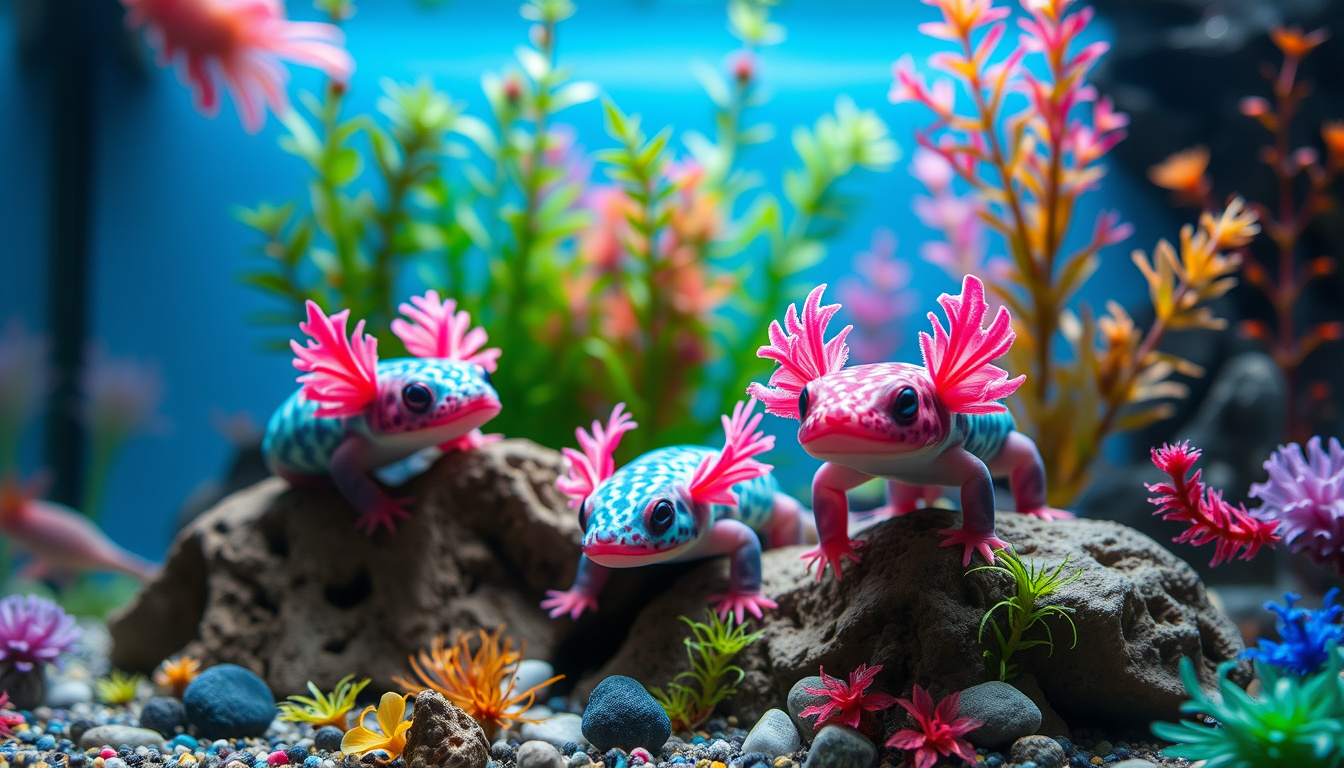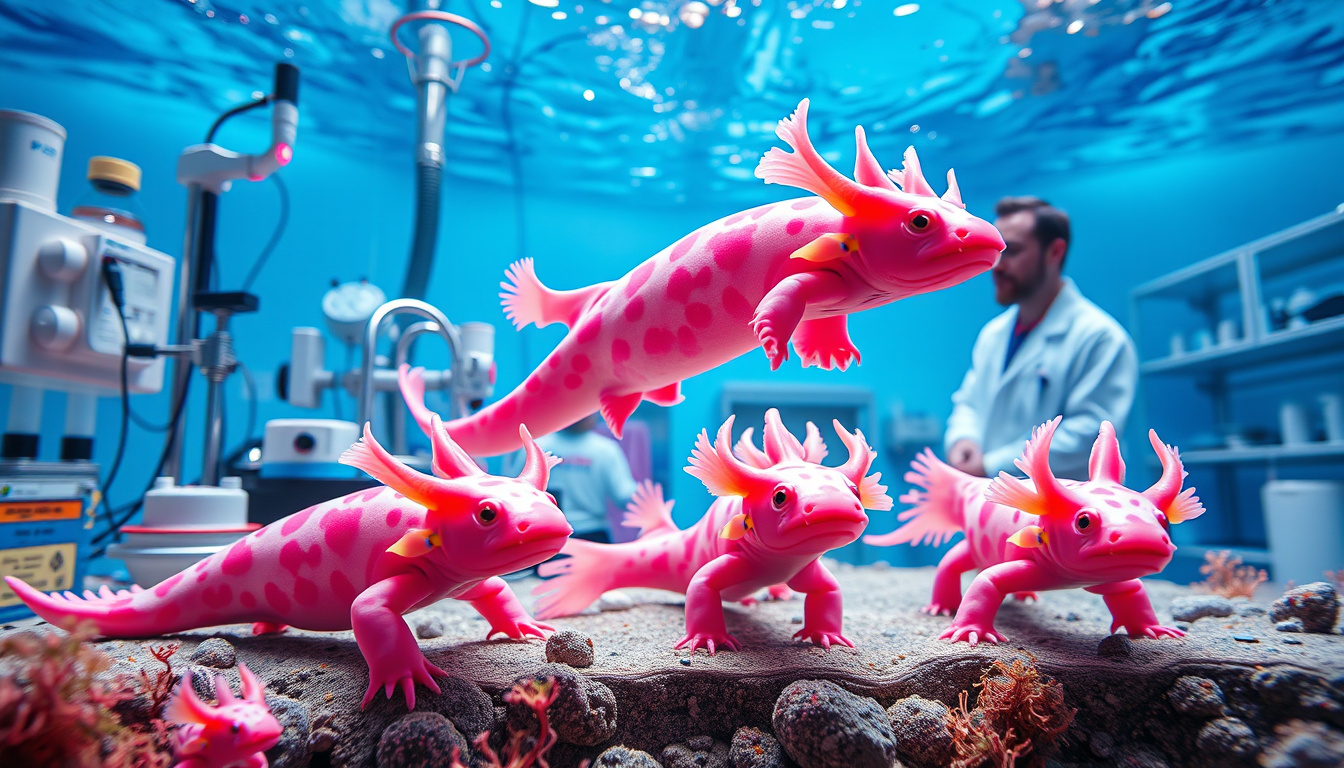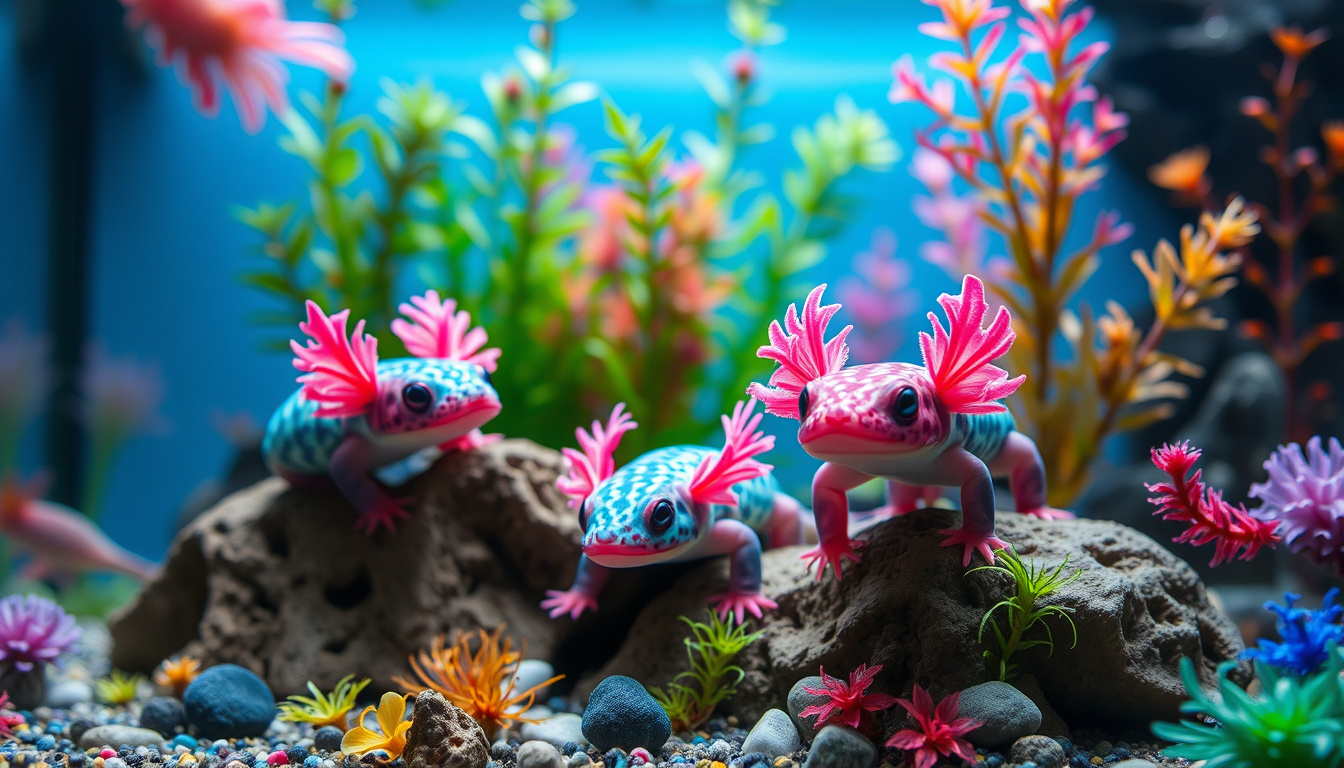Have you ever heard of a creature that can regrow its limbs and even parts of its heart?
Meet the axolotl, a fascinating amphibian known as the champion of regeneration!
With its adorable smile and unique features, the axolotl not only captivates nature lovers but also scientists eager to unlock the secrets of its incredible healing powers.
In this article, we will dive into the world of axolotl science, exploring what makes these creatures so special, the mechanisms behind their regenerative abilities, and the exciting potential they hold for advancements in medicine and conservation.
Join us as we unravel the mysteries of this remarkable species!

 November 2025
November 2025

